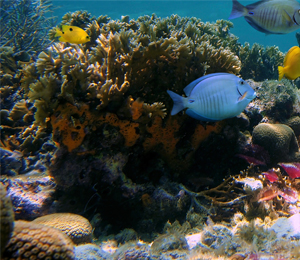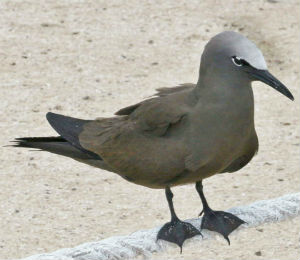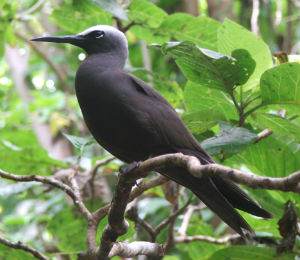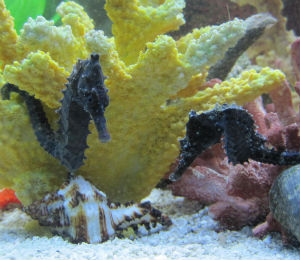The Florida Keys National Marine Sanctuary is a wonderful natural resource located off of the southeast coast of Florida that is under the management of the National Oceanic and Atmospheric Administration (NOAA) and is jointly administered by the State of Florida. Its purpose is the ecological preservation of over 2900 square miles of water surrounding the lower coast of Florida from south of Miami, around the Florida Keys, to the Dry Tortugas to the west. Since the shoreline boundary is the mean high-water mark, if you wade in the waters around the Keys you are most likely stepping into waters protected by the Florida Keys National Marine Sanctuary.
The purpose of the Florida Keys National Marine Sanctuary is to protect and preserve the ecology and history of the waters within this district. The sanctuary includes a barrier reef which is the only one in the United States and is the third largest coral reef in the world. There are many species of coral, reef fish and other marine organisms living on and in this reef. NOAA investigates any damage to the reef, and tries to restore the reef to as natural a state as possible. Within the Marine Sanctuary acres of sea grass act as breeding grounds for many types of fish and other marine organisms. Sea turtles and birds nest along the shoreline and these are protected also. NOAA sponsors efforts to reduce the population of lion fish in these waters. Lion fish are a non-native species with a huge appetite that could eventually decimate the native populations living among the coral reefs if left uncontrolled. Several historical ship wrecks are located within the waters of the sanctuary.
What can you do within the waters encompassed by the Florida Keys National Marine Sanctuary? Almost anything you want to do as long as it adheres to the regulations proposed by NOAA and the State of Florida. These regulations are designed to protect the coral reefs, mangroves, sea grass and the more than 6000 species of wild life that live there. You can fish, swim, scuba dive, and go snorkeling. While NOAA does not arrange tours, boats and scuba equipment can be rented and tours can be arranged through dive shops and other outfitters throughout the keys. The Florida Keys National Marine Sanctuary sponsors a program entitled the Blue Star Education and Conservation program which designates certain shops that support ecologically sound tours and diving as Blue Star operators. Be sure to select a Blue Star shop to help you plan your visit to these Florida waters.
As you drive down U.S. Route 1 through the Florida Keys, you will pass the towns of Key Largo, Islamorada, and Marathon before reaching Key West, the southernmost point in the United States. While in Key West be sure to visit the Florida Keys Eco-Discovery Center, an interactive center sponsored by NOAA and several other agencies, where you can learn more about the Florida Keys National Marine Sanctuary and the ecology of the area.




